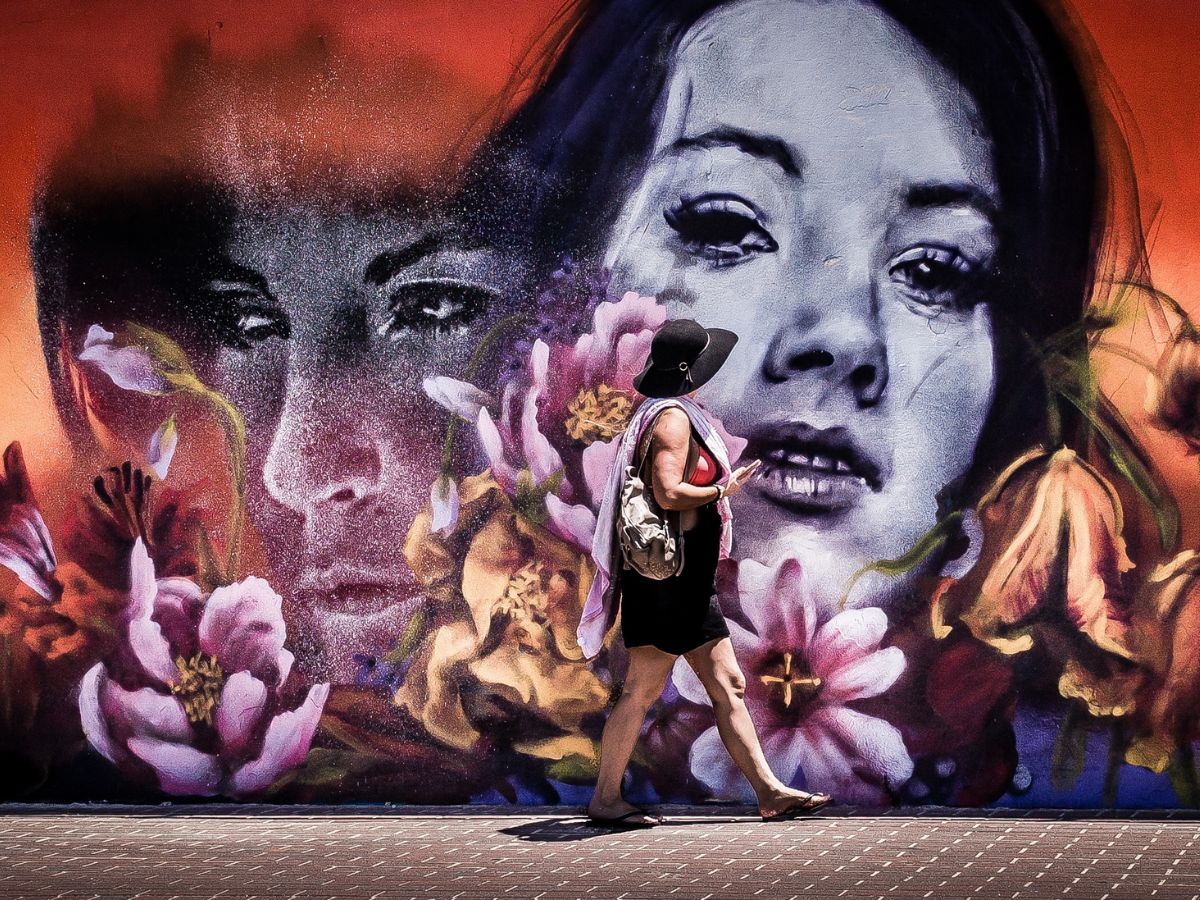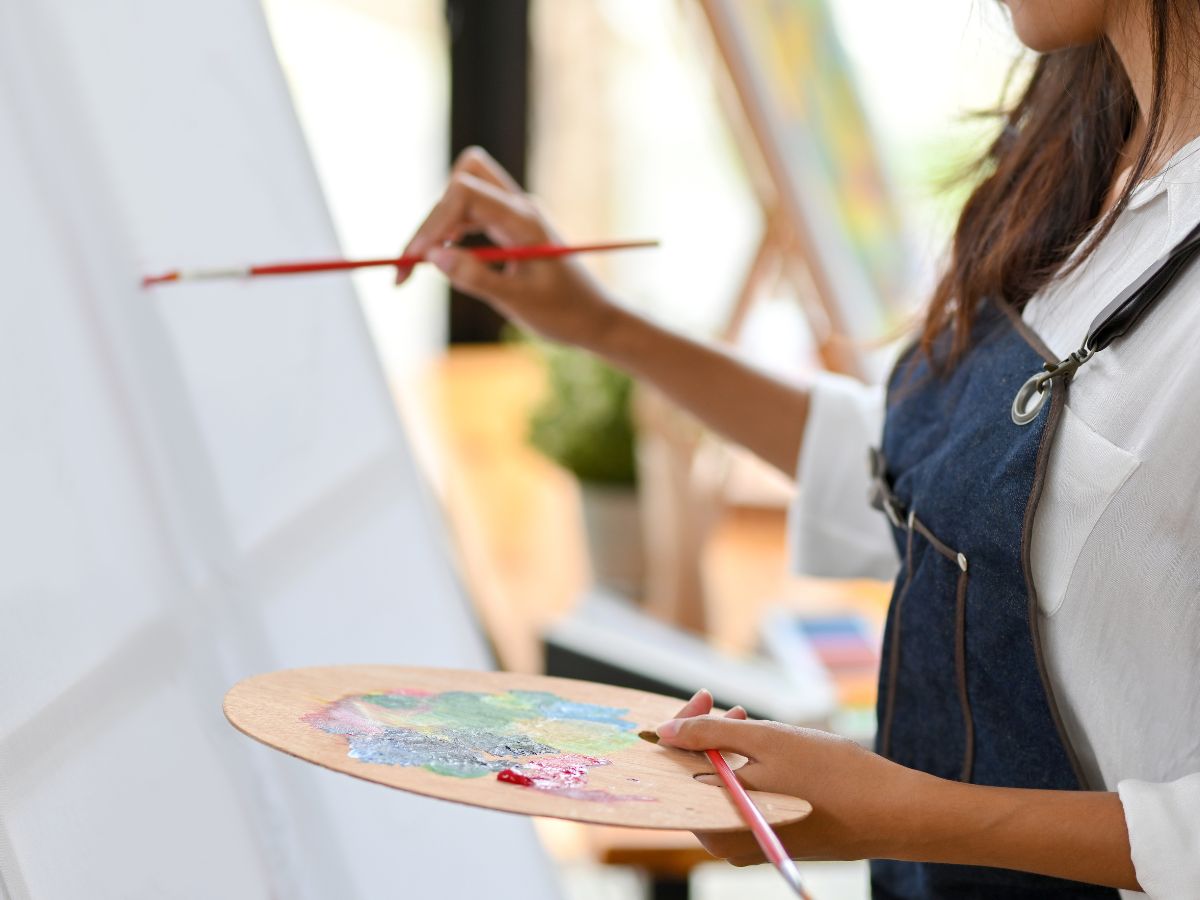
Licensing Your Art: Transform Your Paintings into Passive Income
Licensing your art is a powerful way to expand your income streams, allowing your work to be featured on various products while you retain ownership. This model transforms your creations into a passive income source, with royalties or fees generated each time your design is used. Here’s a step-by-step guide to help you license your art effectively.








